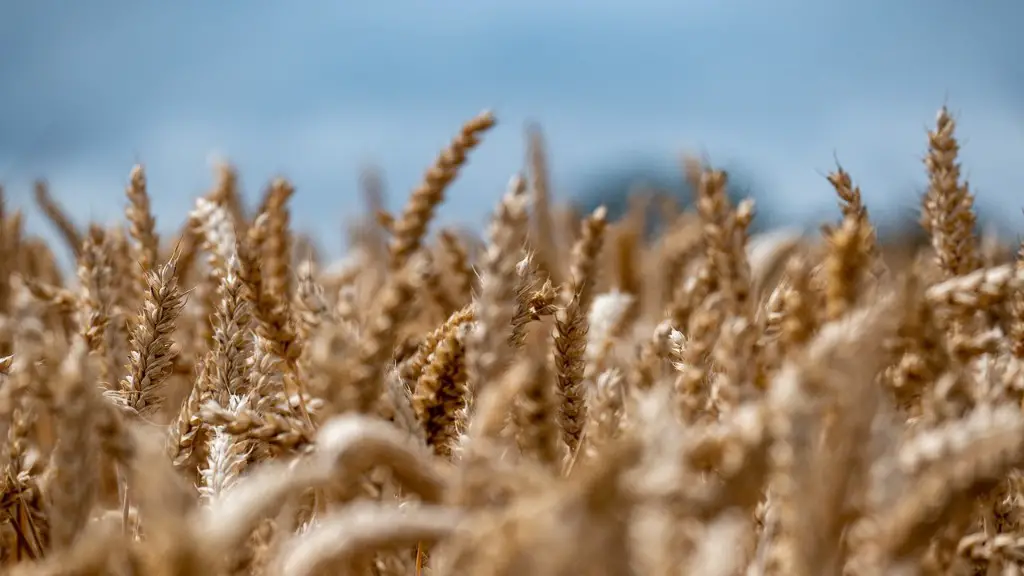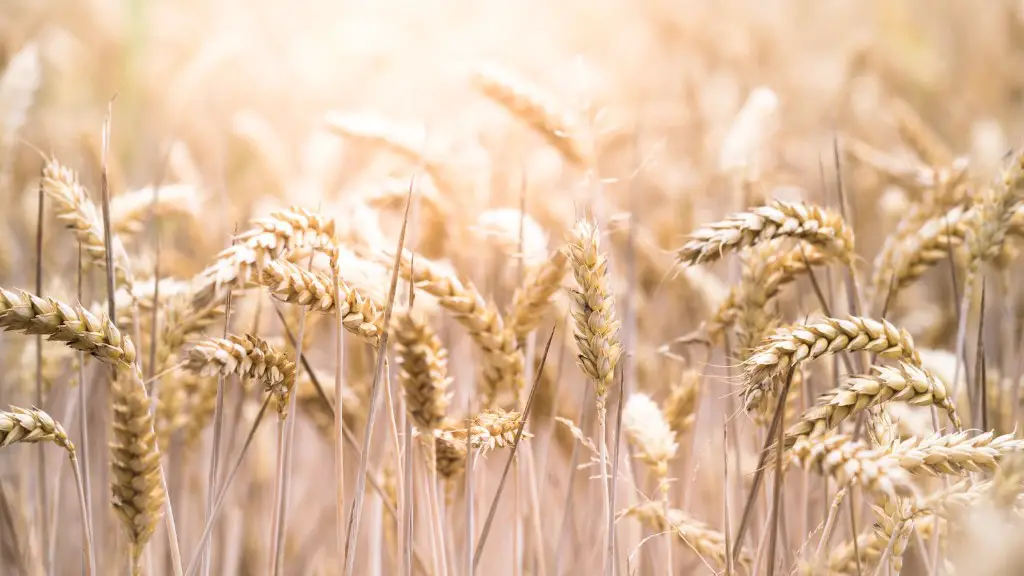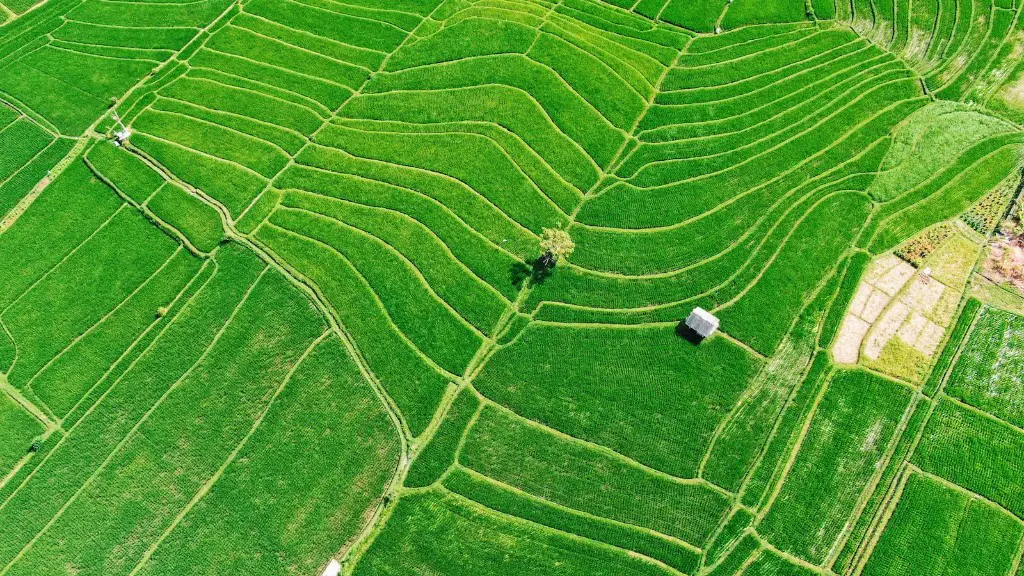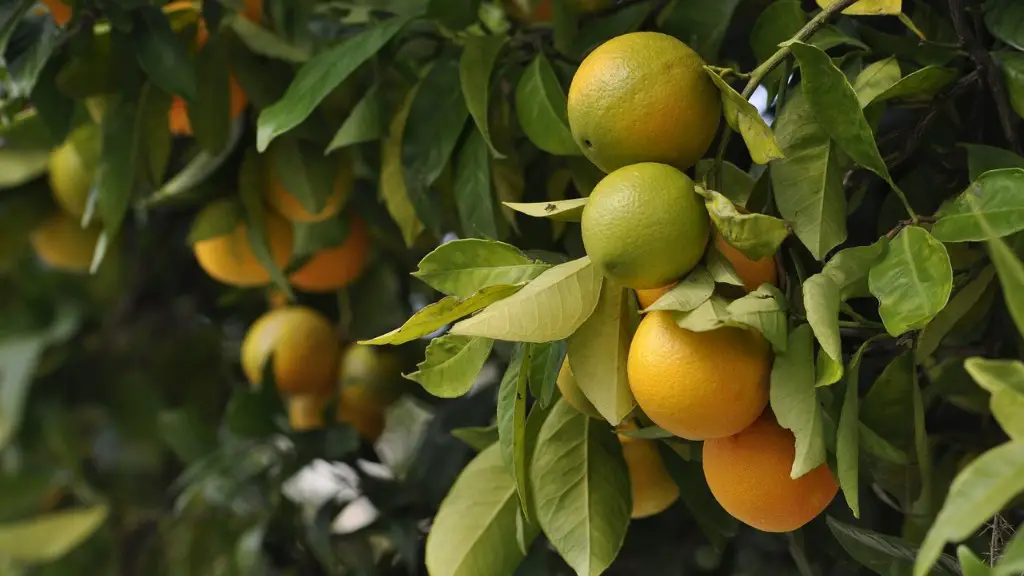Soil is a vital element for the growth of crops and plants, but which type of soil is most suitable for agriculture? Generally, loam is the preferred soil being used in agricultural settings due to its abundant levels of nutrients, superior water-retention and drainage properties, as well as its high organic matter content. Loam is a combination of a well-balanced combination of clay, silt, sand, and some small amounts of organic materials. It has a crumbly texture with a high capacity for holding essential nutrients.
That being said, the most advantageous approach to agricultural soil use is to establish long-term, balanced fertility. This can be done by using a sustainable form of agriculture that continually minimizes environmental harm, while promoting the highest levels of crop productivity. Soil is the foundation of any agricultural endeavor—it provides the space to house plants and crops, and without healthy soil, agricultural productivity is significantly lowered.
Humus-rich loamy soils are the best type of soil for agricultural production as they possess the highest levels of water-retention and soil fertility. Humus is a component of organic matter and is created during the decomposition of organic material such as leaves, grasses, and organic waste. The presence of organic matter helps build water-retention rates in soil and regulates soil temperature.
With the rise of extreme weather conditions due to climate change, healthy soil is more essential now than ever. good soil helps to counteract the effects of floods, droughts, and extreme temperatures because it increases water-retention and minimizes the amount of soil erosion caused by runoff.All of these traits work together to create desirable environments for agricultural yields.
Healthy soils also store more carbon and help protect groundwater by preventing infiltration of chemicals and limiting runoff of pollutants. This also helps increase the amount of stored carbon, which helps reduce the levels of greenhouse gases in the atmosphere and aids in climate change adaptation. Sustainably managed soils are an important part of climate change mitigation because, in addition to their environmental benefits, they also provide more food, water, and energy security.
Types of Soil for Agriculture
In addition to loam, there are other types of soil that can also be used for agricultural production. Clay soils are abundant in nutrients but lack aeration and are generally not as desirable due to their high levels of water-retention and slow drainage rate. Sandy soils are the opposite, having good drainage and aeration, but often lack essential nutrients. The key to successful agriculture is to find the proper balance between the two.
It is important to assess the texture, structure, and nutrient content of the soil, as well as its structure-building materials before using a soil in agricultural production. Amendments such as compost, manure, and mulch can be added to increase soil fertility and/or alleviate drainage problems. Soil testing can also be used to provide insight into the most beneficial approaches going forward.
Soil Conservation
Healthy soil is a fragile, complex environment and can be easily damaged due to human interference. It is essential to practice soil conservation when using soils for agricultural production. This means using land management methods such as crop rotation, keeping soil covered, and reducing or eliminating the application of manure and other types of fertilizer.
In addition, biological farming techniques that involve soil-building organisms, such as beneficial bacteria, are also essential to maintain healthy soil. The use of cover crops, mulches, and green manures is also important as they reduce or eliminate the impacts of tillage and the use of herbicides. In the long run, it is essential to continue to cultivate healthy soil in order to ensure sustainable agricultural yields.
Water Conservation
It is also essential to practice water conservation when using soil for agricultural production. Optimal soil moisture levels should be maintained by using efficient irrigation methods and rainfall harvesting systems. This will enable the crops to take full advantage of the limited water resources without depleting them. In addition, mulches, cover crops, and crop rotations can help reduce soil water evaporation.
The use of drought-tolerant varieties of plants have also been used to increase water efficiency and reduce water wastage. Finally, it is important to practice soil erosion control to reduce the loss of topsoil, as well as decrease soil’s vulnerability to water loss.
Soil Management
Healthy soil management is key to maintaining optimal soil fertility and crop productivity. Proper fertilization is essential as it provides essential nutrients for crop growth, however, it is important to use fertilizers in limited amounts as excessive amounts can still reduce soil’s fertility and damage the soil’s structure.
In addition, it is essential to maintain soil pH levels by regularly testing the soil and adding necessary amendments. The use of cover crops and crop rotations is also important to maintain the soil’s fertility, prevent pests and diseases from attacking the crops, and help the soil absorb water better.
It is also important to practice weed control as weeds can compete with plants and crops for essential nutrients. This is typically done through the use of mulches, organic matter, tillage, mechanical tools, and herbicides. Finally, it is essential to monitor the soil for any signs of compaction or erosion.
Soil Erosion Control
Soil erosion is a huge problem for agricultural production as it can reduce the nutritional value of soil and severely diminish crop yields. Erosion control methods such as contour tillage and strip cropping, terracing, windbreaks, and cover crops are effective ways of controlling it. In addition, it is important to maintain optimal soil moisture levels in order to reduce the risk of soil erosion.
Another popular erosion control measure is the use of buffer strips which are strips of vegetation planted along water bodies in order to absorb the flow of water and reduce the erosion of soil. Finally, irrigation and drainage management systems can be used to limit the impacts of water on soil, thus reducing the amount of erosion caused by flooding and runoff.
Conclusion
In conclusion, soil is essential for agricultural production and it is important to maintain its health in order to promote the highest levels of crop productivity. Loam is generally regarded as the optimal soil for agriculture due to its superior water-retention and drainage properties, as well as its high organic matter content. Other types of soil such as clay and sandy soils can also be used but with limited success. In addition, soil conservation, water conservation, soil management, and erosion control are all important components to consider when using soils for agricultural production.




